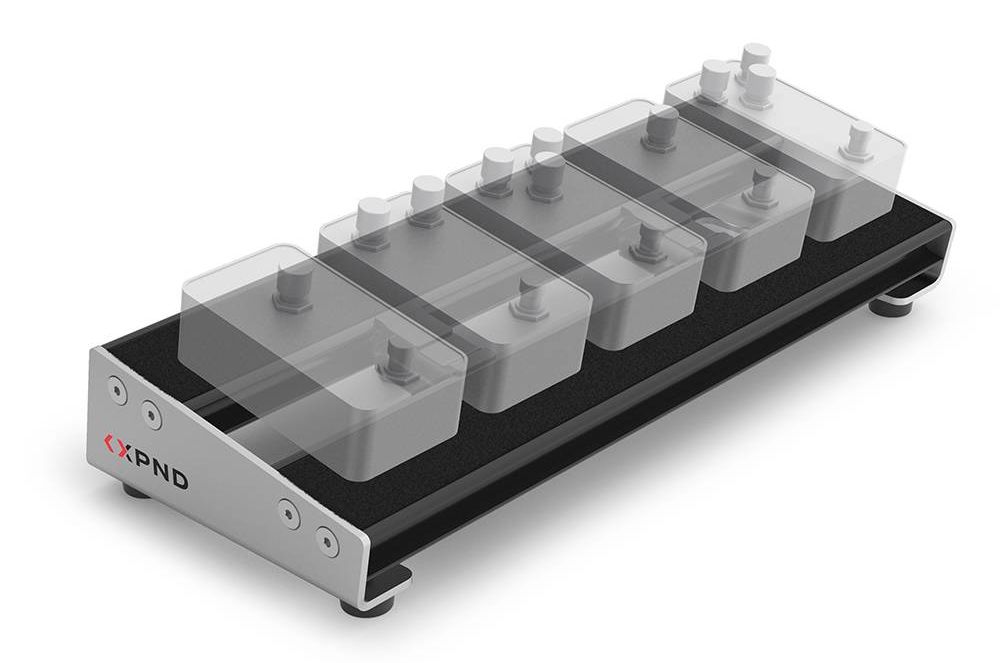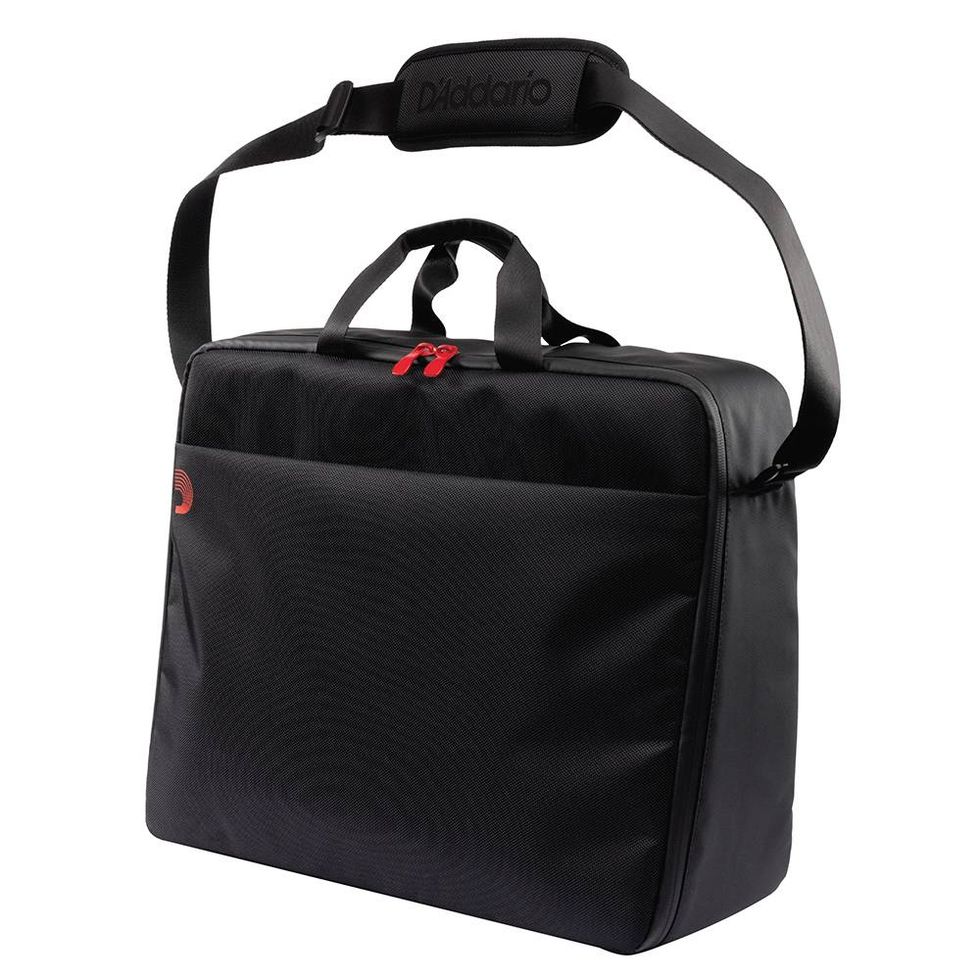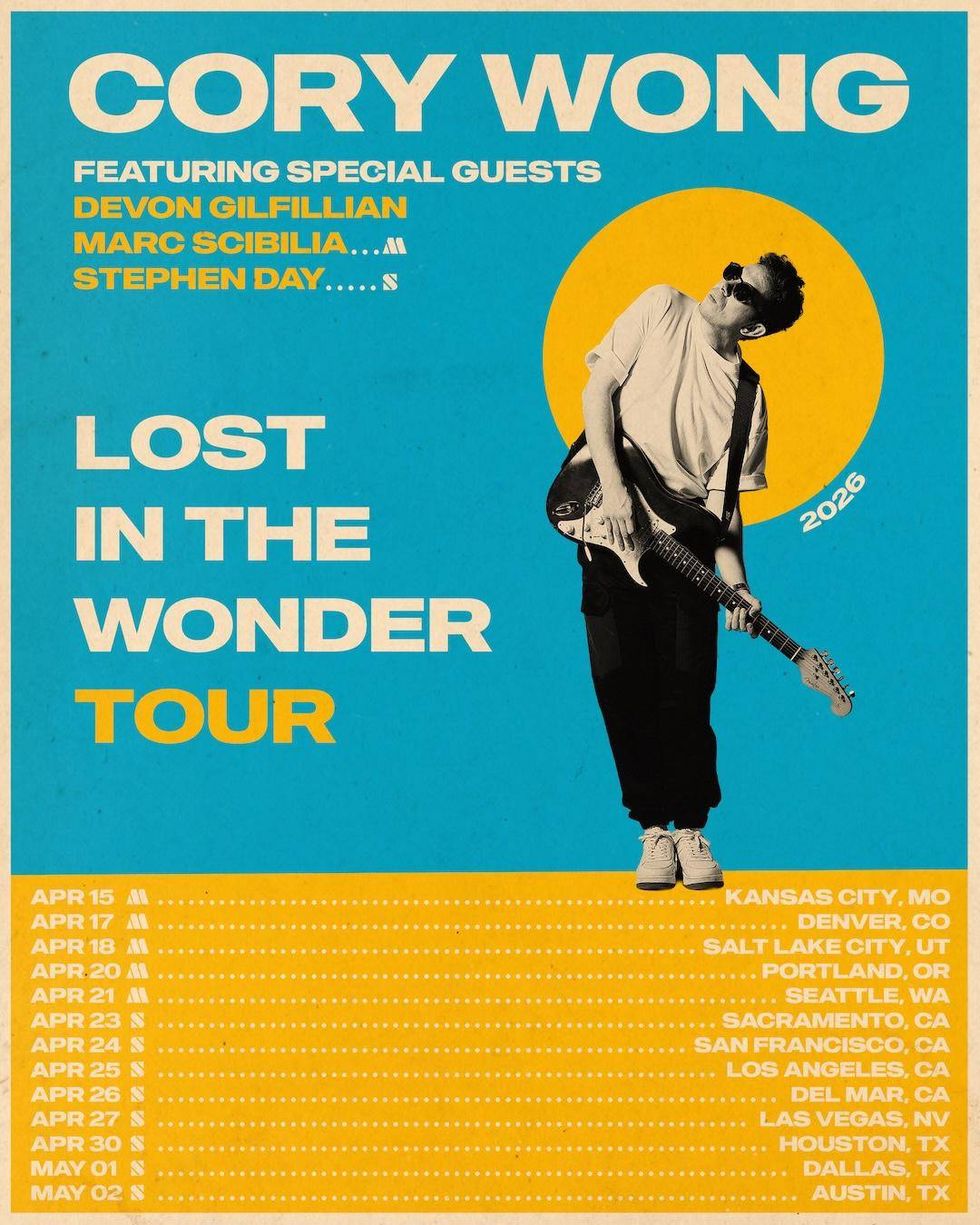So you did it, you’re there on the same stage as that big national act, being the opening band. It might be your big break! Many bands and players have been discovered that way. Allow me to give you a few hints on what to do so you can show the headliner and the promoter that you are professional and worthy to share the stage with those big boys.
Be Early
It is a good idea to be early to your big gig. Several days before the gig advance your show. That means calling the promoter and finding out the time you need to be at the performance venue. Also get the number of the sound company or house sound engineer and briefly speak with them about your needs for sound and lights and find out what will be available for you to use for your performance. The best strategy for the day of the show is to come a half-hour early with your musicians and gear. You may ask for a clear area to set up your gear, off to the side of the stage or another out of the way place close to the performance area. Here’s why: if the headliner is sound checking and things don’t go smoothly (this happens often) there may be delays getting you on stage. When you do get the green light to get on stage, you need to do it fast and you don’t want to be looking for a cord or an instrument part during your valuable stage time.
Be Ready
Get everything roughly set up and check it out (don’t play until you are cleared to do so!) and then be ready to move it into place when the stage crew is ready for you. Try to figure out the best way to set up and teardown your gear in a modular fashion. This is especially important for drums and key setups. It is a good idea to have the instrument outputs and speakers you want miked marked so it can be identified in the rush and confusion of change over. Also be aware of the fastest way to break down to get off stage and have an area designated to carry your gear to for your final breakdown and packing up. It is also a good idea to have all your gear marked and cased or boxed, and to have an inventory sheet of what you brought to the gig so you can check to make sure you don’t leave anything – you have no idea how many guitar stands and cords I have ended up with … even a wireless ears transmitter!
Know the Program
Each sound company or engineer has a different style of doing things. Ask what will be happening when you get up on stage. Will you be able to do a full sound check or just a setup and test of your mike, line inputs and monitors? How long will you have, and what is the plan for getting your gear off of the stage? Also remember to make your questions quick and to the point, as the engineer and stage crew will be busy.
Be Prepared for Changes
Be ready for things to change. You may not get all of the mikes for your drums or individual monitor mixes for you band. You may not get to hook up your favorite wireless mike or your in-ears system. Be mentally prepared for shortcuts to be taken and don’t let it put a damper on your game!
I had one opening band that only had 5 minutes before doors to setup and check. I told them, when you start, play hard – meaning go out and be rock stars regardless of what is happening. I dialed them in on the fly and they were happy by the middle of the first song, and so was the crowd! You may want to consider practicing with only one or two monitor mixes, without ears and with minimal mikes on drums. Try to simplify and pare down your needs to your bare minimums so you’ll be ready to deal with less than ideal situations.
Till next time, play hard!
Andy Anderson is president of Concert Sound Inc., which provides sound, lighting, stage, roof and backline services throughout the Midwest. Concert Sound has served the needs of many major acts over the years, including the Beach Boys, Starship, .38 Special, and Mickey Gilley. Concert Sound also handles sound-and-lighting sales and installations, and designs custom band systems. Andy has been active in the audio field for 25 years, beginning with a recording studio and moving into live sound and sound-system installation. He is active at Dawghouse Recording, a ProTools-based recording studio in Ames, Iowa, and is a partner in a business specializing in musical electronics repair and speaker reconing.
Andy Anderson
Concert Sound Productions
www.concertsound.org



















![Rig Rundown: Russian Circles’ Mike Sullivan [2025]](https://www.premierguitar.com/media-library/youtube.jpg?id=62303631&width=1245&height=700&quality=70&coordinates=0%2C0%2C0%2C0)






